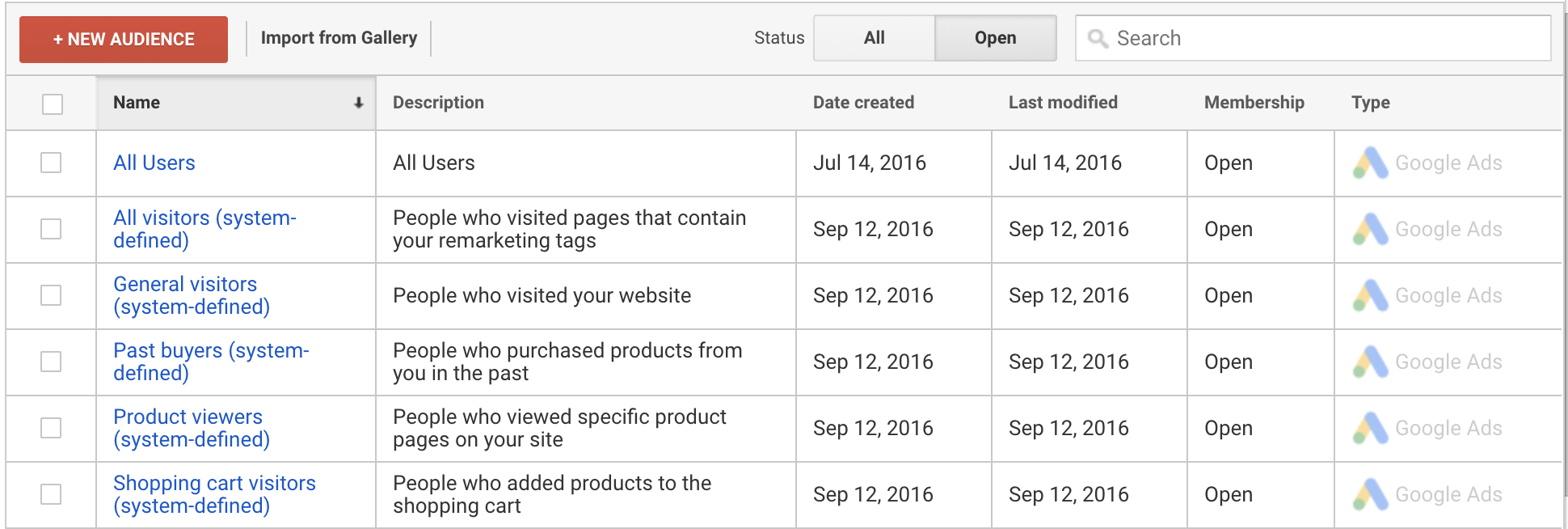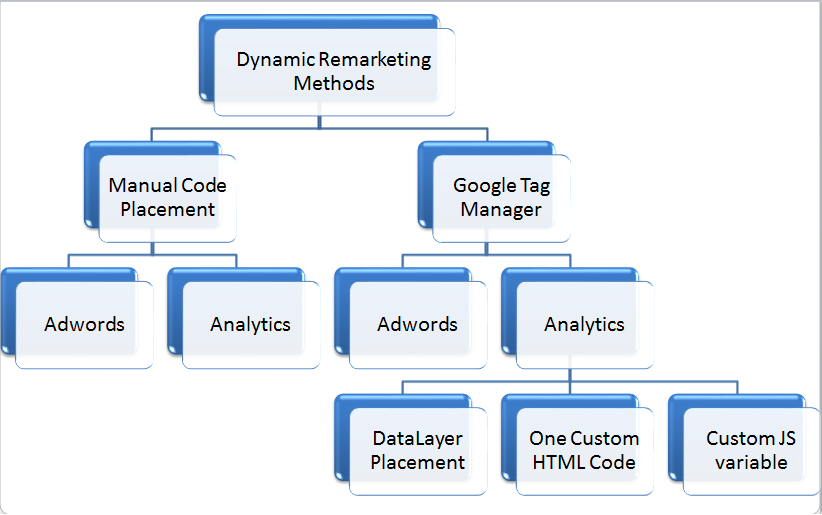Using Remarketing in Google Analytics: A Comprehensive Guide
Utilizing remarketing in Google Analytics supplies services a tactical edge in reaching out to potential customers. The ability to target individuals who have already engaged with your web site provides an unique opportunity for customized advertising and marketing efforts. By comprehending just how to craft target market lists and release them properly, organizations can considerably improve their conversion prices. However, the ins and outs of setting up and enhancing remarketing campaigns call for a comprehensive understanding of audience division and performance analysis. This guide will certainly shed light on the necessary actions associated with utilizing the full capacity of remarketing in Google Analytics, resulting in enhanced advertising end results.
Comprehending Remarketing in Google Analytics
Remarketing in Google Analytics permits companies to strategically target users who have actually previously interacted with their website or mobile application. By leveraging information from Google Analytics, companies can create personalized remarketing lists based upon customer habits, such as web pages gone to, actions taken, or particular goals attained. This powerful tool enables companies to re-engage with users who have actually shown rate of interest in their services or items, ultimately raising the possibility of conversion.
Comprehending the different kinds of remarketing strategies is vital for an effective campaign - What Is “Remarketing” In Google Analytics?. Google Analytics supplies various alternatives, consisting of conventional remarketing, vibrant remarketing, and remarketing checklists for search advertisements (RLSA) Each type offers a special objective and can be customized to satisfy certain advertising and marketing purposes
Furthermore, evaluating the performance of remarketing projects is crucial for optimizing outcomes. Google Analytics provides useful understandings right into the effectiveness of different remarketing techniques, enabling services to make data-driven choices and refine their targeting technique. By constantly adjusting and monitoring remarketing initiatives based on analytics data, companies can make the most of ROI and drive success in their advertising efforts.
Setting Up Remarketing Projects

After establishing target market checklists, the following action is to connect Google Analytics with Google Ads. By linking these two platforms, companies can flawlessly transfer audience lists from Google Analytics to Google Advertisements for remarketing functions. This combination enables more specific targeting and far better project performance.
When the accounts are linked, organizations can develop remarketing campaigns in Google Ads making use of the audience details previously defined in Google Analytics. These projects can be customized with certain ad creatives, messaging, and bidding strategies to efficiently re-engage with past visitors and drive conversions. By complying with these actions, companies can utilize the power of remarketing to enhance their marketing efforts and boost ROI.
Utilizing Audience Division Techniques

Predefined segments in Google Analytics permit you to quickly these details evaluate common target market groups fresh individuals, returning individuals, or customers that finished a specific goal on your website. Custom-made segments, on the other hand, enable you to develop one-of-a-kind sectors based on certain standards that are very important to your company objectives. Dynamic remarketing listings automatically change based on customer actions, showing personalized ads to users that have actually interacted with your website particularly ways.
Analyzing Remarketing Performance Metrics
Upon reviewing the effectiveness of remarketing projects in Google Analytics, the analysis of essential efficiency metrics provides beneficial insights right into audience interaction and conversion rates. By diving right into metrics such as click-through prices (CTR), conversion prices, price per procurement (CERTIFIED PUBLIC ACCOUNTANT), and return on ad invest (ROAS), marketing professionals can determine the success of their remarketing initiatives. Examining these metrics enables marketers to maximize projects, improve audience targeting, and allot budget plans efficiently to boost overall remarketing performance.
Optimizing Remarketing Techniques
When refining remarketing approaches in Google Analytics, concentrating on target market division is vital for attaining campaign success. By separating your target market into specific sectors based on their habits, demographics, or rate of interests, you can customize your ads better to every group. This targeted approach increases the possibility of engaging customers who have currently shown passion in your services or products, bring about greater conversion rates.
One more essential facet of optimizing remarketing methods is continually screening and refining your campaigns (What Is “Remarketing” In Google Analytics?). A/B screening various advertisement creatives, messaging, or offers can assist you identify what reverberates ideal with your target market and drives the most conversions. By evaluating the performance of these tests in Google Analytics, you can make data-driven choices to optimize your remarketing efforts even more
In addition, leveraging vibrant remarketing can substantially enhance your campaign results. This attribute permits you to reveal personalized ads to users based upon their previous communications with your internet site, showcasing products or solutions they have formerly checked out. By supplying customized web content to individuals based on their passions and habits, vibrant remarketing can aid enhance engagement and drive conversions.
Conclusion
Finally, taking advantage of remarketing in Google Analytics is a calculated strategy to target customers who have actually formerly involved with a site. By producing tailored audience listings and making use of audience division approaches, organizations can enhance remarketing advocate enhanced conversion prices. Evaluating efficiency metrics and continually enhancing approaches are vital for taking full advantage of the effectiveness of anchor remarketing initiatives.
Google Analytics supplies different options, including common remarketing, dynamic remarketing, and remarketing listings for search ads (RLSA)After establishing up audience lists, the following action is to connect Google Analytics with Google Ads. By linking these two systems, services can flawlessly move target market listings from Google Analytics to Google Advertisements for remarketing functions.When the accounts are connected, services can develop remarketing campaigns in Google Ads making use of the audience provides formerly specified in Google Analytics.When refining remarketing approaches in Google Analytics, focusing on audience division is critical for attaining project success.